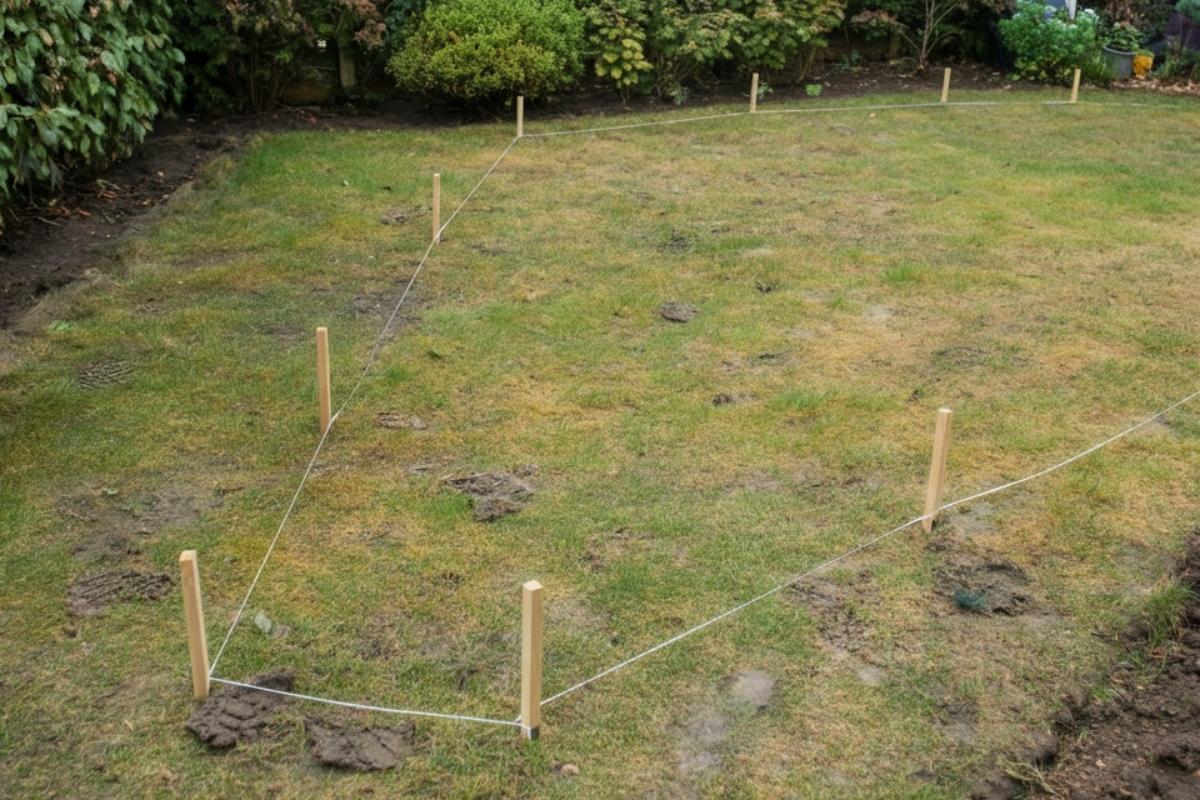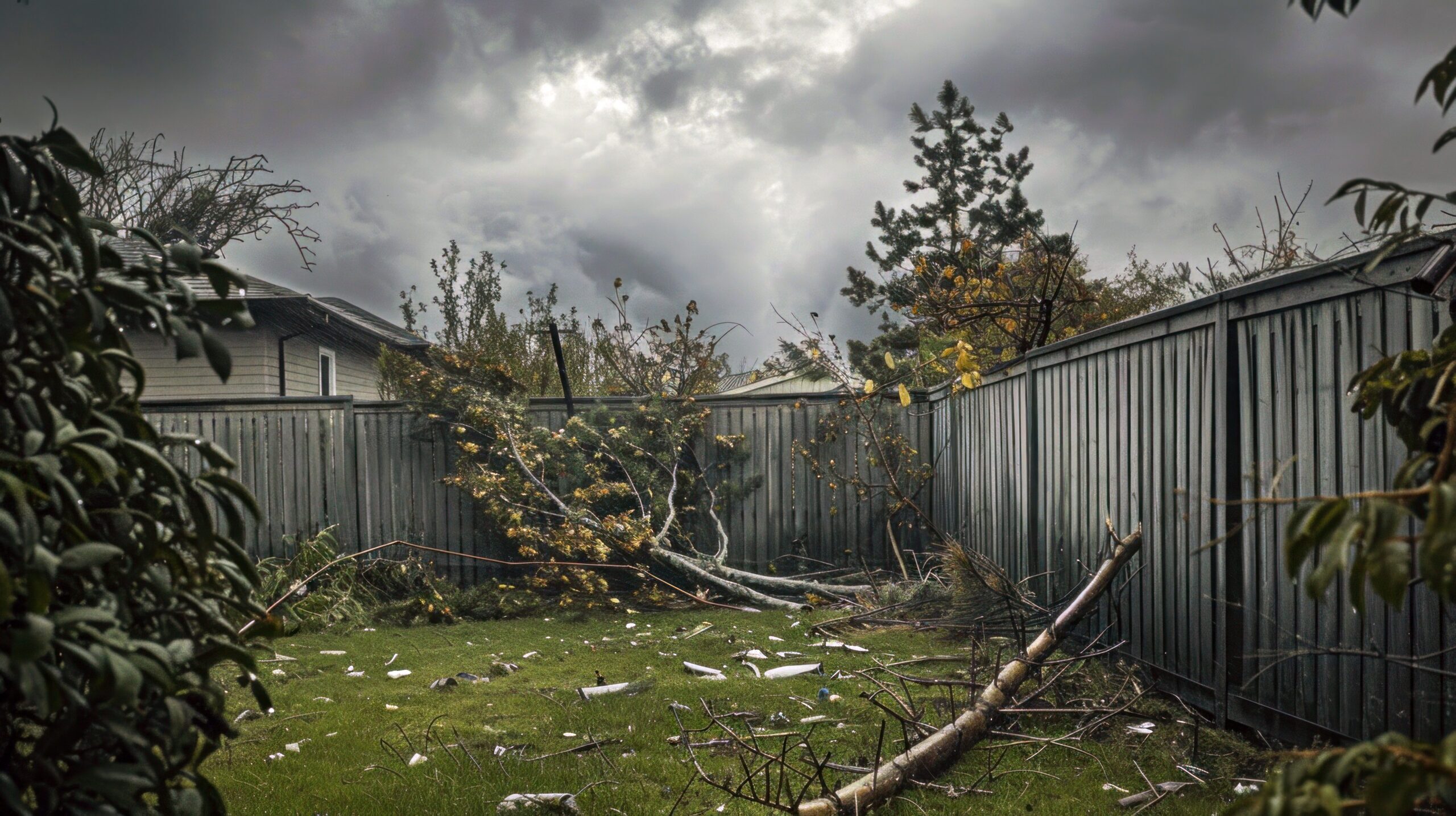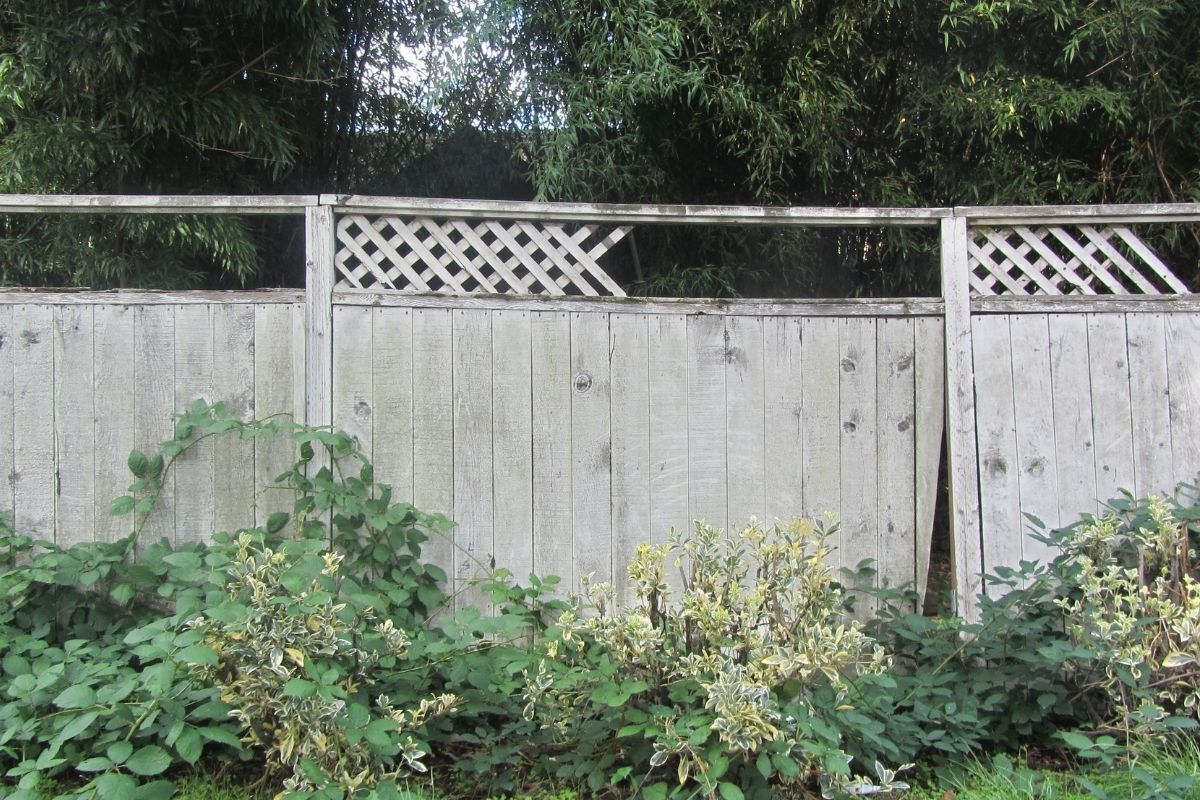Installing a fence for your yard is a great way to boost security, privacy, and curb appeal. However, accurate measurements are crucial to ensure that your fence fits perfectly, meets regulations, and avoids unnecessary costs. If you’re planning to install a new fence, this guide will walk you through the process of measuring your yard, the tools you’ll need, and crucial factors to consider.
Tools You’ll Need to Measure for a Fence
Before you begin, gather the tools to make your measurements precise and hassle-free. Here’s what you’ll need:
- Measuring Tape: For smaller yards or straight sections, a long measuring tape will be sufficient. If your tape isn’t long enough, use markers to keep track of partial measurements.
- Wheel Measure: For larger yards, a wheel measure offers a quick and efficient way to gauge distances.
- Graph Paper and Pencil: Sketch your yard’s layout and record your measurements for clarity. Graph paper works especially well for proportional drawings.
- String and Wooden Stakes: Mark out the fence line with stakes and string, giving you a clear visual of the fence’s placement. You can also use rocks or paint if needed.
- Level (optional): If your yard isn’t flat, a level can help ensure your measurements account for slopes and that your fence will be even.
Why Accurate Measurements are Essential
Proper measurements are key to a successful fence installation, and here’s why:
- Cost Estimation: Measurements help you calculate materials, so you can avoid overbuying—or worse, running short.
- Perfect Fit: A well-measured fence ensures a smooth installation process and fits securely within your yard’s boundaries.
- Compliance with Regulations: Zoning laws and neighborhood regulations may dictate fence height and placement. Proper measurements can help you avoid costly errors or legal troubles.
Precautions to Take Before You Start Measuring
Before you grab your tools, it’s important to address some essential precautions to avoid complications down the road.
- Check for Utilities: Call your local utility service to mark underground lines before you start planning or digging for posts. Many areas have a “call before you dig” hotline for this purpose.
- Review Property Lines: Verify your property boundaries to avoid encroaching on your neighbor’s land, which could lead to disputes or fines.
- Plan for Gates and Obstacles: Decide where gates, trees, sheds, or other obstacles might influence your fence’s layout. Taking these into account now will save time later.
Step-by-Step Guide to Measure Your Yard for a Fence
With the tools ready and precautions taken, you’re ready to measure your yard. Here’s a step-by-step guide on how to measure your yard for a fence:
1. Sketch Your Layout
Start by creating a rough sketch of your yard on graph paper. Include the areas where you want your fence to go, the location of gates, and any obstacles or structures like trees, flower beds, or outbuildings. A visual representation will help keep your measurements organized.
2. Mark the Fence Line
Use string and stakes (or an alternative like paint or rocks) to outline the corners and fence line at 90° angles. This step helps visualize your fence’s alignment and ensures proper placement.
3. Measure the Perimeter
Using your measuring tape or wheel measure, determine the length of each side of your fence line. Record these measurements on your sketch to keep track accurately.
4. Plan for Gates
Decide where you’ll place gates and how wide you want them to be. Make sure gate locations align with your functional needs, such as access points for cars, wheelbarrows, or pathways. Include these dimensions in your measurements.
5. Double-Check Measurements
Precision is key—double-check your measurements before purchasing materials or committing to digging postholes. Errors can lead to wasted materials or improper fence installation.
Additional Factors to Keep in Mind
Here are some other important considerations when measuring for your new fence:
- Choose Your Fence Type: Different fences—such as wood, vinyl, chain-link, or metal have unique requirements. Decide on your fence type beforehand, as height and post spacing will vary.
- Inventory Your Materials: Once you have your measurements, calculate how much fencing material you’ll need, accounting for gates, posts, and any special adapters.
- Fence Post Placement: Fence posts are typically spaced 6–8 feet apart, though spacing requirements can vary depending on the material. Be sure to include this step when planning.
Should You Measure and Install the Fence Yourself?
While measuring for and installing a fence may seem straightforward, the process can involve a lot of calculations, physical labor, and specialized tools. A small error in measuring or installation can result in costly mistakes. If you’re unsure about your skills or the time commitment, consider hiring a professional fence company.
Final Thoughts
Measuring your yard for a fence is an essential step toward creating a secure and attractive border for your property. With the right tools, attention to detail, and proper planning, this task becomes far more manageable.
However, if you’re not confident in your measuring skills or don’t have the time or tools for the job, don’t hesitate to consult Top Rail Fence. We’ll ensure accuracy and handle the hard work, saving you time and stress in the process.




